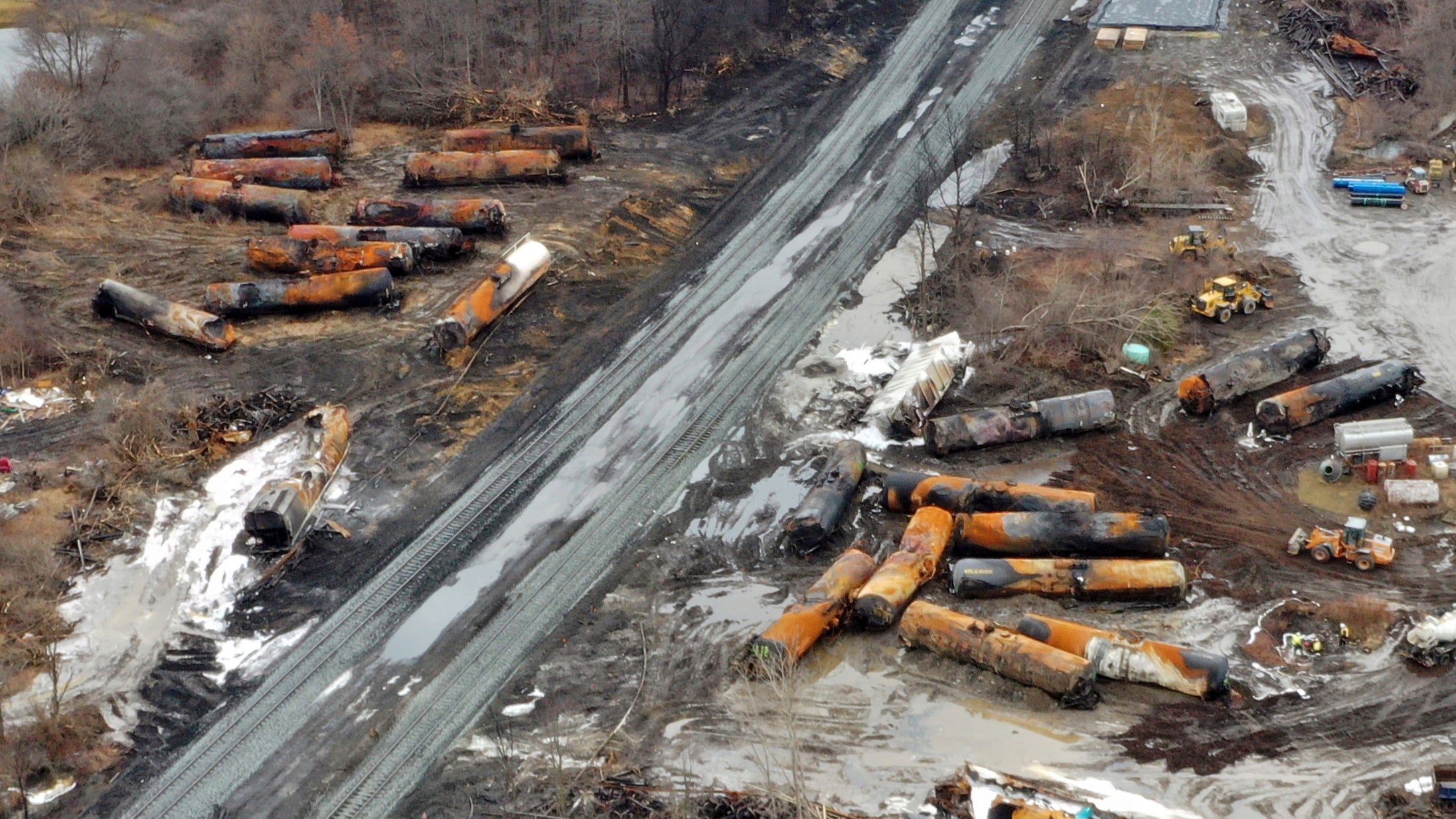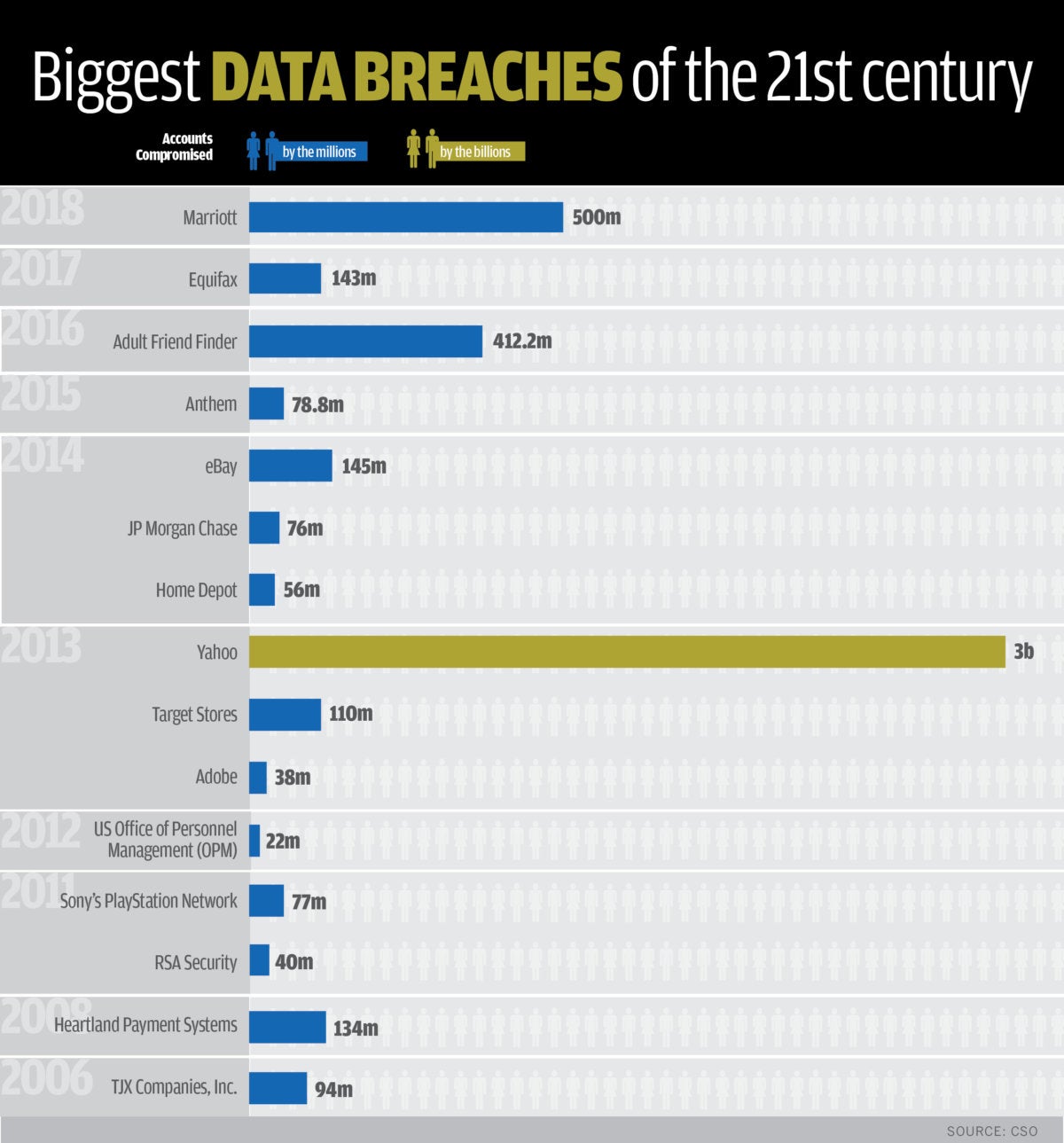Ohio Train Disaster: Prolonged Presence Of Toxic Chemicals In Buildings

Table of Contents
Contamination Pathways: How Toxic Chemicals Spread
The initial release of toxic chemicals wasn't contained to the immediate vicinity of the derailment. Several pathways facilitated the spread of contamination, creating a complex and persistent challenge.
Airborne Contamination
The controlled burn of vinyl chloride, a known carcinogen, released a plume of toxic fumes into the air. This airborne contamination posed an immediate threat, but the potential for long-term exposure remains a serious concern.
- Specific VOCs and Health Effects: Volatile organic compounds (VOCs), including vinyl chloride, butyl acrylate, and ethylhexyl acrylate, were released. These chemicals are associated with a range of respiratory problems, such as asthma, bronchitis, and lung cancer. Long-term exposure can also lead to liver damage and other serious health issues.
- Challenges in Air Quality Monitoring: While initial air quality monitoring was conducted, the long-term monitoring and reporting remain crucial. Consistent, publicly accessible data is necessary to fully understand the extent and duration of airborne contamination. Independent verification of government data is also paramount.
Soil and Water Contamination
The spilled chemicals inevitably seeped into the soil and groundwater, contaminating the land and potentially impacting local water supplies. This poses a serious risk to both the environment and the health of nearby residents.
- Soil and Water Testing: The extent of soil and water testing conducted post-derailment needs transparency and public availability. Results must be independently verified to ensure accuracy and build public trust. The types of testing needed extend beyond the initially identified chemicals, as synergistic effects of multiple chemicals are a major concern.
- Long-Term Groundwater Contamination: Groundwater contamination can persist for decades, impacting drinking water sources and the long-term viability of the affected area. The potential for bioaccumulation in the food chain further emphasizes the gravity of this issue.
Building Materials Contamination
The porous nature of many building materials means that they could have absorbed the toxic chemicals, leading to persistent contamination inside homes and businesses.
- Affected Building Materials: Materials like wood, drywall, insulation, and fabrics are particularly susceptible to absorbing VOCs. These materials may continue to off-gas chemicals for an extended period, creating a persistent source of exposure.
- Decontamination Challenges: Decontaminating buildings affected by Ohio train disaster toxic chemicals is extremely complex and costly. In severely affected areas, demolition may be the only viable option to ensure public safety.
Long-Term Health Impacts of Exposure to Toxic Chemicals
The long-term health effects of exposure to the toxic chemicals released during the derailment are a significant and growing concern.
Respiratory Issues
Exposure to VOCs increases the risk of developing various respiratory illnesses.
- Specific Respiratory Illnesses: Long-term exposure can result in chronic bronchitis, asthma exacerbations, emphysema, and increased susceptibility to respiratory infections. The young, elderly, and those with pre-existing conditions are especially vulnerable.
- Ongoing Health Monitoring: Comprehensive and ongoing health monitoring is critical for affected residents. This should include regular check-ups, respiratory function tests, and access to specialized medical care.
Cancer Risks
Many of the chemicals released are known or suspected carcinogens.
- Chemicals and Cancer Links: Vinyl chloride, for instance, is strongly linked to liver cancer, brain cancer, and other forms of cancer. Long-term exposure to other released chemicals also raises cancer risks.
- Epidemiological Studies: Long-term epidemiological studies are essential to fully understand the cancer risk associated with this event. These studies should monitor the health of exposed populations over many years.
Other Health Concerns
Beyond respiratory issues and cancer, other health concerns are possible.
- Neurological Damage, Reproductive Issues, and Developmental Problems: Exposure to certain chemicals can lead to neurological damage, reproductive problems, and developmental issues in children. These effects may not manifest immediately, highlighting the need for long-term health monitoring.
- Preventative Measures and Healthcare Access: Access to quality healthcare and preventative measures, including early detection and treatment, are critical for mitigating the long-term health consequences.
Government Response and Accountability
The effectiveness and transparency of the government's response to the Ohio train disaster are crucial for ensuring accountability and protecting public health.
Cleanup Efforts
The adequacy of the cleanup efforts has been questioned.
- Regulatory Agency Role: The Environmental Protection Agency (EPA) and other agencies played a critical role in the initial response and ongoing cleanup. However, concerns remain about the speed, thoroughness, and transparency of these efforts.
- Transparency and Public Access: Public access to comprehensive data regarding the extent of contamination and the progress of the cleanup is crucial. Independent oversight of the cleanup process is necessary to build public trust.
Compensation and Legal Action
Affected residents and businesses may seek compensation for damages.
- Lawsuits and Legal Proceedings: Legal action may be necessary to hold responsible parties accountable for the damages caused by the derailment and subsequent contamination.
- Challenges in Seeking Compensation: Navigating the legal process and obtaining compensation can be challenging, requiring significant resources and legal expertise.
Conclusion:
The Ohio train disaster toxic chemicals continue to pose a significant threat to the health and well-being of residents in the affected area. The prolonged presence of these chemicals in buildings and the environment necessitates comprehensive and transparent cleanup efforts, ongoing health monitoring, and accountability from responsible parties. We must stay informed about the ongoing situation, support affected communities, and demand comprehensive remediation of the Ohio train disaster toxic chemicals contamination. Your voice matters; demand action and accountability to protect our communities from similar disasters in the future.

Featured Posts
-
 Trump And Zelensky Meet Ahead Of Popes Funeral First Encounter Since Oval Office Dispute
Apr 28, 2025
Trump And Zelensky Meet Ahead Of Popes Funeral First Encounter Since Oval Office Dispute
Apr 28, 2025 -
 Yankee Star Aaron Judge And Samantha Bracksieck Welcome Baby
Apr 28, 2025
Yankee Star Aaron Judge And Samantha Bracksieck Welcome Baby
Apr 28, 2025 -
 Young Mets Pitchers Road To The Starting Rotation
Apr 28, 2025
Young Mets Pitchers Road To The Starting Rotation
Apr 28, 2025 -
 16 Million Fine For T Mobile Details Of Three Years Of Data Breaches
Apr 28, 2025
16 Million Fine For T Mobile Details Of Three Years Of Data Breaches
Apr 28, 2025 -
 Navigating Market Volatility Strategies For Individual Investors
Apr 28, 2025
Navigating Market Volatility Strategies For Individual Investors
Apr 28, 2025
